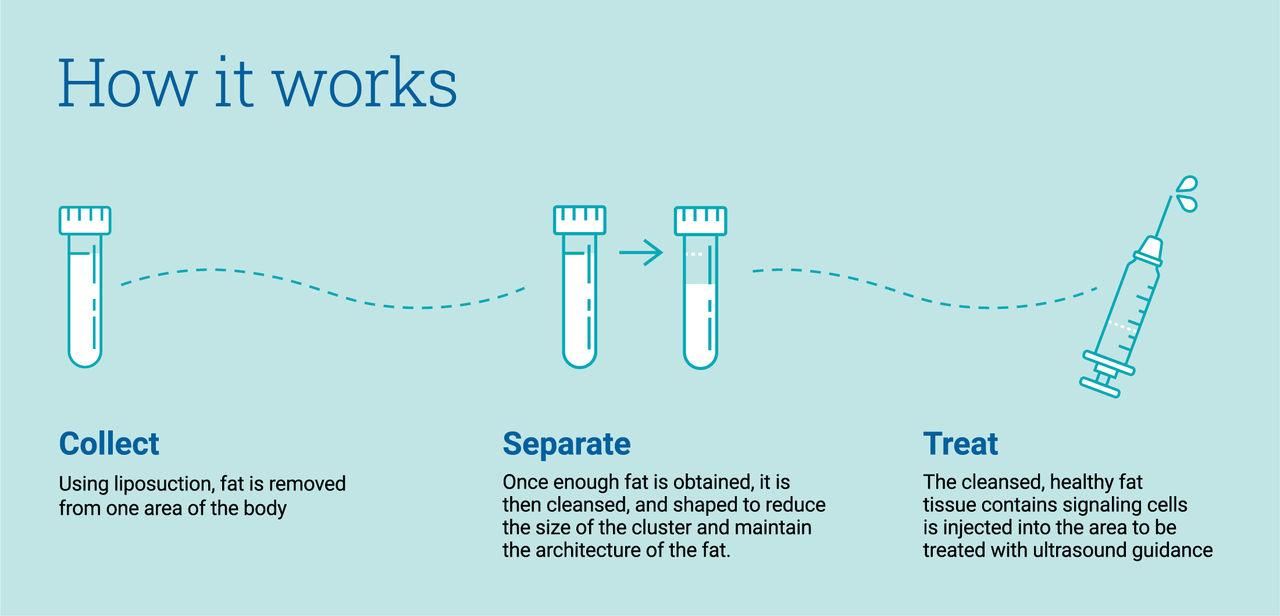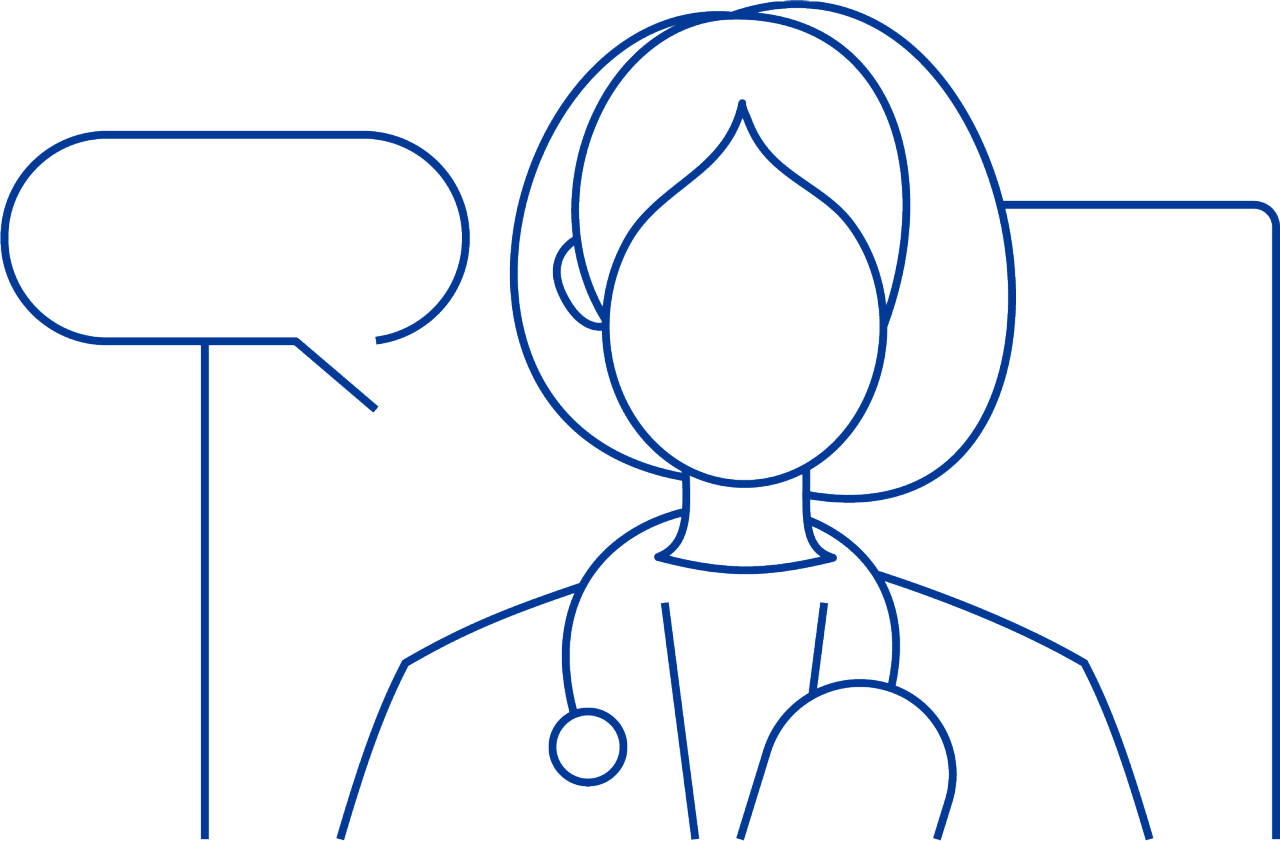-
- Find Care
-
- Visitor Information
- Find a Location
- Shuttles
- Visitor Policies
-
-
- Our Virtual Care Options
- Virtual Urgent Care
- Virtual Visits for Primary & Specialty Care
- Online Second Opinions
- Participate in Research
-
- Contact us
-
- For Innovators
- Commercialization Guide for Innovators
-
-
- Research News
- Alzheimer's Disease
- Artificial Intelligence
-
- Overview
-
- Overview
- Getting Started
- New to Mass General Brigham
- International Patient Services
- What Is Patient Gateway?
- Planning Your Visit
- Find a Doctor (opens link in new tab)
- Appointments
- Patient Resources
- Health & Wellness
- Flu, COVID-19, & RSV
- Billing & Insurance
- Financial Assistance
- Medicare and MassHealth ACOs
- Participate in Research
- Educational Resources
- Visitor Information
- Find a Location
- Shuttles
- Visitor Policies
- Find Care
-
- Overview
- Our Virtual Care Options
- Virtual Urgent Care
- Virtual Visits for Primary & Specialty Care
- Online Second Opinions
-
- Overview
- Participate in Research
-
- Overview
- About Innovation
- About
- Team
- News
- For Industry
- Venture Capital and Investments
- World Medical Innovation Forum (opens link in new tab)
- Featured Licensing Opportunities
- For Innovators
- Commercialization Guide for Innovators
- Contact us
-
- Overview
- Information for Researchers
- Compliance Office
- Research Cores
- Clinical Trials
- Advisory Services
- Featured Research
- Two Centuries of Breakthroughs
- Advances in Motion (opens link in new tab)
- Brigham on a Mission (opens link in new tab)
- Gene and Cell Therapy Institute
- Research News
- Alzheimer's Disease
- Artificial Intelligence
-
- Overview
-
- Overview
- Residency & fellowship programs
- Brigham and Women's Hospital
- Massachusetts General Hospital
- Mass Eye and Ear
- Newton-Wellesley Hospital
- Salem Hospital
- Integrated Mass General Brigham Programs
- Centers of Expertise
- Global & Community Health
- Health Policy & Management
- Healthcare Quality & Patient Safey
- Medical Education
- For trainees
- Prospective trainees
- Incoming trainees
- Current trainees
- Continuing Professional Development
What is fat transfer?
Fat transfer is a regenerative medicine that consists of harvesting mesenchymal (signaling) cells from your own fat tissue for injection into areas of osteoarthritis, cartilage defects, and ligament and tendon injuries. Some studies have shown that fat transfer may be beneficial for mitigating symptoms of osteoarthritis, cartilage defects, and ligament and tendon injuries. Fat contains cells, including pre-adipocytes, fibroblasts, vascular endothelial cells, and a variety of immune cells which have many natural reparative characteristics.
Who may benefit?
Fat transfer may be an appropriate treatment for anyone with osteoarthritis, cartilage defects, ligament injuries, or tendon injuries. The use of adipose tissue has been well documented in literature for regenerative medicine and other healing applications, but individual results vary depending on a variety of factors.
Contraindication
In general, patients with an active infection and those who have not previously attempted more conventional treatment, such as physical therapy, are not candidates for fat transfer. To best determine your candidacy, please have a formal consultation with your physician.
What are the risks?
Fat transfer has a good safety profile. However, as with many procedures, there are some potential risks and complications.
Serious side effects and complications are rare, but include:
- Allergic reaction
- Bleeding
- Pain
- Infection
- Fat embolism
What to expect
Most patients have an outpatient procedure done in a clinic. Please arrange for a licensed driver to meet you after the injection and drive you home, you may not drive following this procedure. Before your procedure, tell your doctor if you have:
- Allergies
- A bleeding disorder or are taking blood-thinning or anti-platelet medications
- A current infection being treated with antibiotics
- A history of getting lightheaded or fainting during procedures
Depending on your medical history, you may be asked to adjust or stop taking some of your medications prior to the procedure. Discontinue NSAIDs (aspirin, ibuprofen, naproxen, celecoxib, etc.) at least 7 days before your injection. Talk with your physician if you are taking any steroids or had a recent steroid injection. If you take blood thinners, including aspirin, you will need to discuss potentially stopping this medication with your physician. Please discuss the safety of stopping any medication with your prescribing physician prior to doing so.
The entire fat transfer procedure takes about 2 hours. This includes time for pre-procedure discussion, procedure setup, and the procedure itself.
The first part of the procedure consists of a limited lipoaspiration, usually from the abdomen or thigh. This harvested “fat tissue” is then gently processed to separate the mesenchymal stromal cells and supporting cells/tissues from the oily residue. This gentle processing, which is enzyme-free, allows for the preservation of the supporting cells/tissues, which is believed to facilitate the potential regenerative effect upon injection into the targeted area.
Clinicians will take fat tissue from a patient—usually from their abdomen or thigh—using an FDA-cleared device. Next, the harvested fat tissue undergoes gentle processing designed to cleanse and resize the tissue before it is transferred.
Doctors transfer the patient’s harvested fat into the targeted area, with the intent of supporting arthritic and injured tissues and promoting a healing environment.

Physical activity should be limited during the first 7 days after the procedure to allow the harvest site to heal. If you undergo an injection to the lower extremity, you will be partial weight bearing for the first 1-4 days with either crutches or a walker. Continue to wear the abdominal binder for one week following the procedure. After 1 week, you can slowly begin resuming pre-procedure level of activity. Please plan to not travel via airplane for at least 1 week following this procedure.
Post-injection recommendations include avoiding the use of anti-inflammatory or steroid medications for at least 4 to 6 weeks after your procedure is complete. This will be reviewed on an individual basis with your physician.
If you develop fever, chills, swelling, redness, or other signs of infection you should notify your doctor or go to the emergency department for further evaluation.
Talk with a representative at our call center
Fill out our contact form and we’ll be in touch
Talk with a representative at our call center
